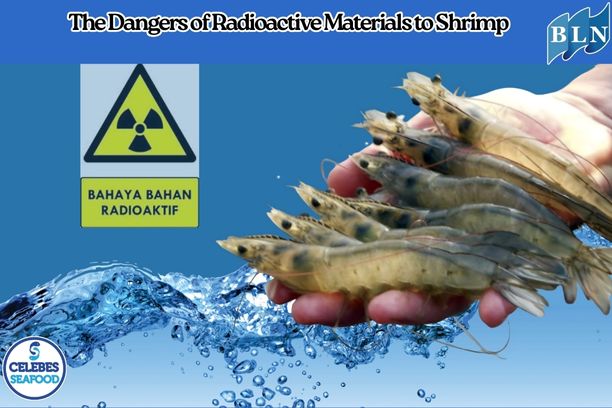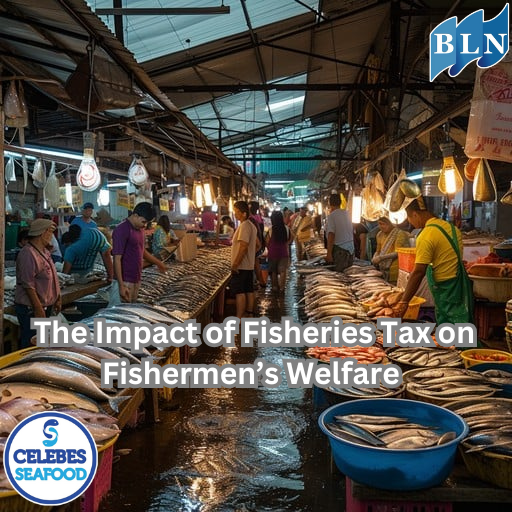Types of Sea Fish Caught by Charts: Aquatic Biodiversity
By. Edi - 28 May 2025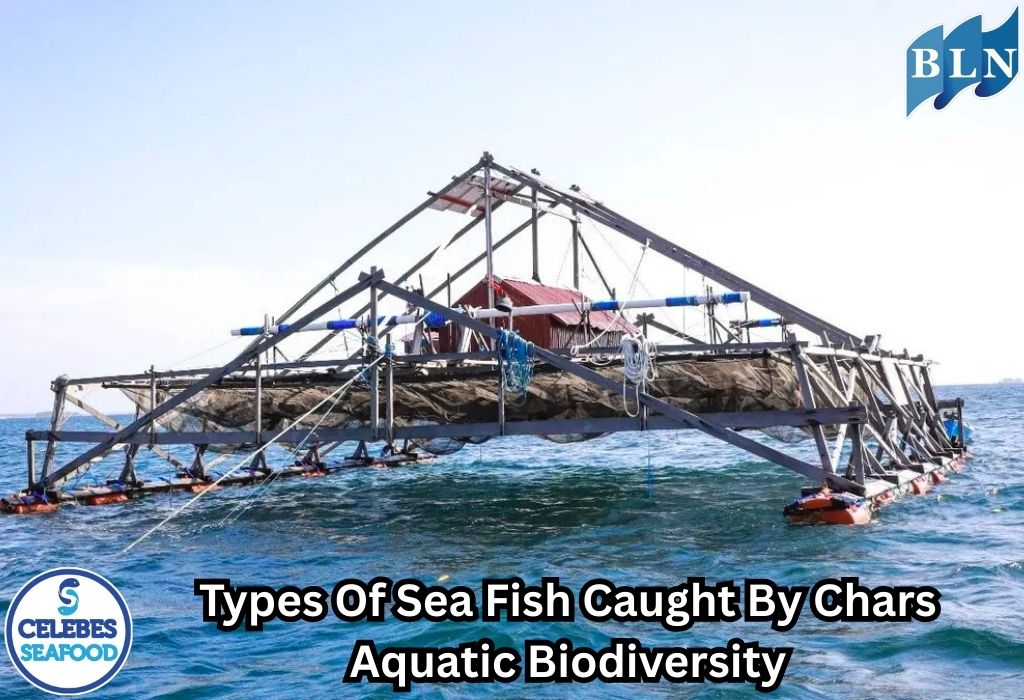
lautnusantara.com Chars, as one of the traditional and modern fishing gears widely used in Indonesian waters, is not only the backbone of the fishermen's economy, but also a window to see the biodiversity of our seas. From Sabang to Merauke, bagan catches are often surprising with the variety of fish species that are successfully netted, reflecting the extraordinary richness of the marine ecosystem
A. Small Pelagic Fish: The Prima Donna of Bagan Catches
The majority of bagan catches are dominated by small pelagic fish. These fish live in the surface layer or near the surface of the water and tend to group together, making them the main target for bagan fishermen. Some of the most common types include:
- Anchovies: Famous for their small size and abundant numbers. Anchovies are often the main target of floating bagan, especially to be processed into salted anchovies or raw materials for fish feed.
- Indian Mackerel: A very popular consumption fish because of its savory taste and nutritional content. Mackerel is often caught in large quantities, both for the local market and the processing industry.
- Sardines: Similar to mackerel, sardines are also the main catch of bagan, often processed into canned or salted fish.
- Scad (Selar): Also known as yellow selar or bentong selar, this fish has high economic value and is often found in traditional markets.
- Skipjack Tuna and Small Tuna: Although larger than other small pelagic species, young skipjack and small tuna are often caught by bagan, especially those operating in open waters.
B. Demersal Fish and Others: Valuable Bycatch
In addition to small pelagic fish, bagan also occasionally catches demersal fish (fish that live on the bottom of the water) or other types of fish that happen to pass by the bagan. Although not as numerous as small pelagic fish, this bycatch still has economic value:
- Squid: Often attracted to the lights of the bagan at night, squid is a very valuable bycatch. Tuna: Smaller types of tuna, such as komo tuna or lisong tuna, are also often caught in the net.
- Pomfret: Sometimes, black pomfret or white pomfret are also caught, adding to the variety of catches.
- Various Types of Reef Fish: In some locations, especially bagan operating close to coral structures, certain reef fish can be caught in the net. However, reef fish are usually not the main target and need to be watched out for so as not to damage the coral ecosystem.
There are several types of bagan that have developed over time, each with slightly different characteristics and working methods:
1. Step chart
This is the most traditional and static type of bagan. Bagan tancap is permanently erected on the shallow to medium seabed, usually using bamboo or wooden poles that are stuck in. At the top, there will be a platform where fishermen operate and install lights. The fishing net is usually placed under the platform and is lifted when the fish have gathered.
- Advantages: Relatively simple, initial construction costs may be lower (depending on materials), and does not require high mobility.
- Disadvantages: Limited to shallow locations, easily damaged by large waves or bad weather, and can interfere with the navigation of other vessels if not properly marked.
2. Floating Chart (Boat Chart)
As the name implies, floating bagan is not attached to the seabed but floats. This bagan is usually a large boat or raft equipped with various fishing facilities, such as very strong lights (often using a generator) and a large lifting net (scoop). Floating bagan is more flexible because it can move from location to location looking for schools of fish.
- Advantages: High mobility, can operate in deeper waters, and can follow fish movements.
- Disadvantages: Higher operating costs (fuel, engine maintenance), and requires good navigation skills.
3. Ship Chart
This is a further development of the floating bagan, where the entire bagan system is integrated with the ship. Boat charts are usually larger, equipped with advanced navigation and fish detection technology, and have better fish storage facilities.
- Advantages: Very large catch capacity, wide operating range, and can stay at sea longer.
- Disadvantages: Very large initial investment and requires a larger and more skilled crew.
C. The Importance of Management for Sustainability
The diversity of fish species caught by bagans shows how rich Indonesia's marine waters are. However, this phenomenon also brings challenges in terms of managing fisheries resources. Non-selective and excessive fishing can threaten certain fish populations and damage the balance of the marine ecosystem.
Therefore, efforts such as limiting the size of fish that can be caught, determining fishing seasons, and using environmentally friendly fishing gear are crucial. Regular monitoring of the composition of fish species caught by bagan is also important to obtain data on the health of fish stocks and the dynamics of the marine ecosystem.
With wise management, bagan will not only continue to be a source of livelihood for fishermen, but can also contribute to the preservation of our marine biodiversity for future generations.
If you are interested in our Coral Trout Fillet Skin On, CORAL TROUT WGG WHOLE GILLED GUTTED, TOMATO COD WHOLE GILLED GUTTED please do not hesitate to contact us through email and/or whatsapp.
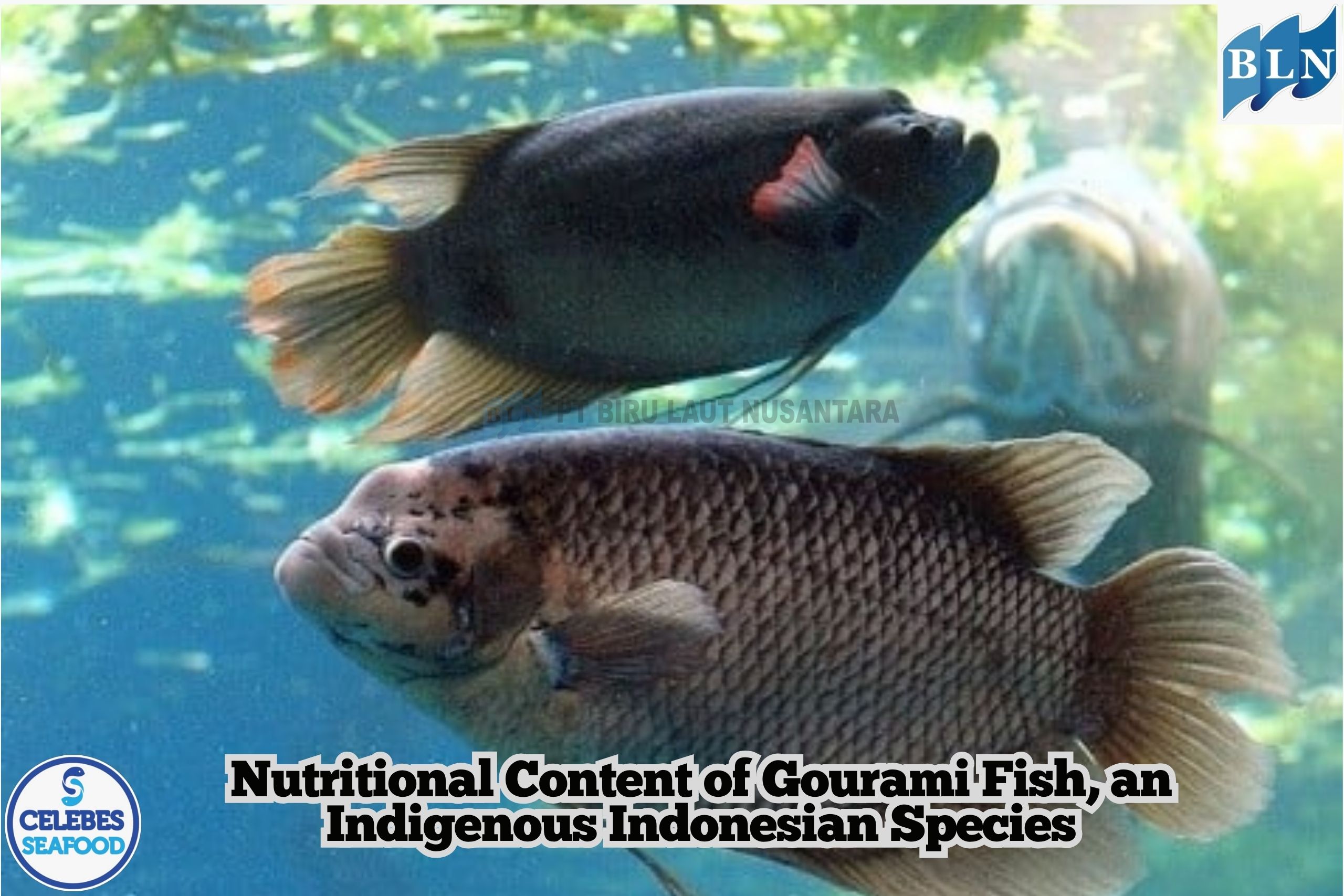
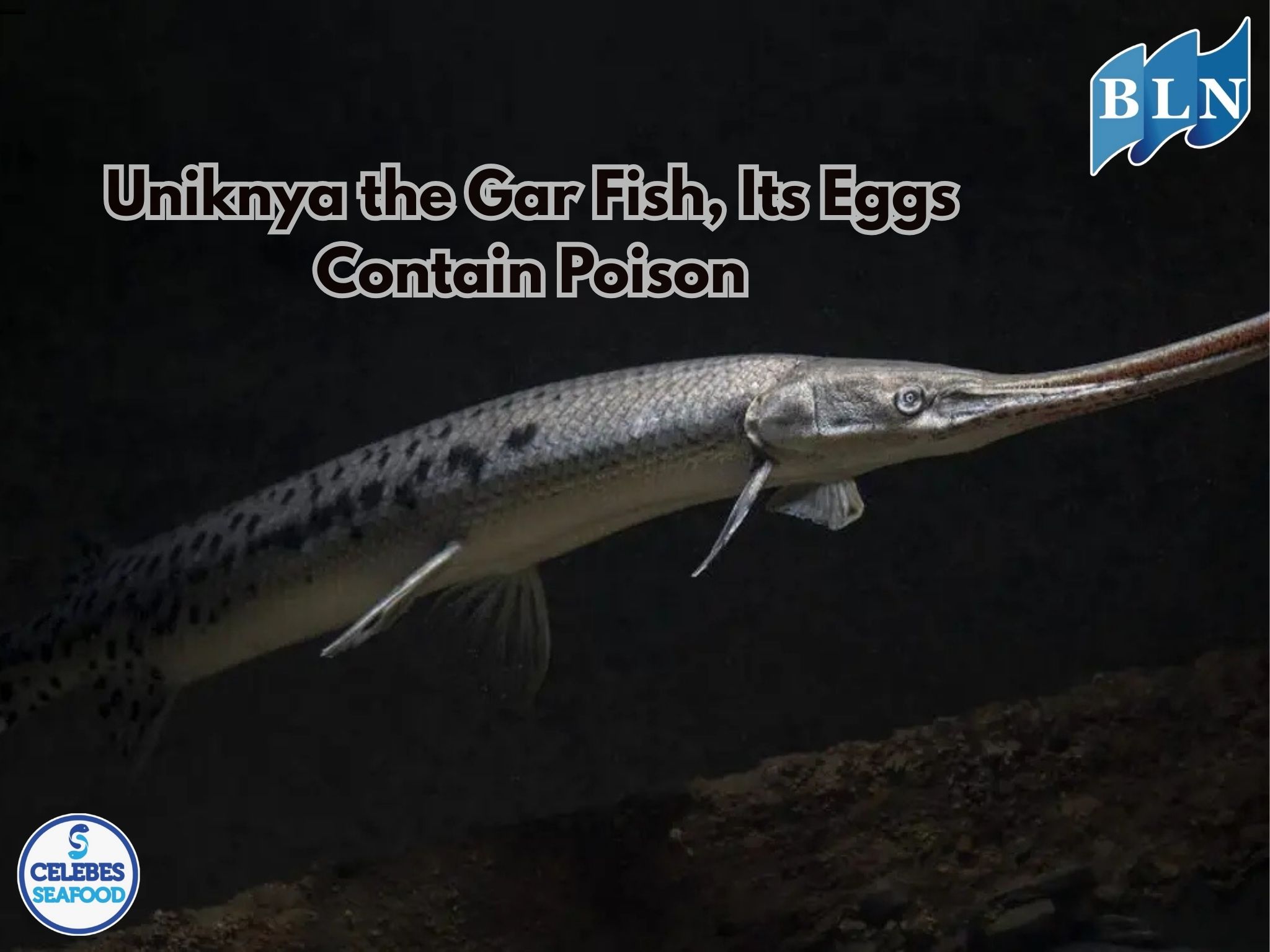

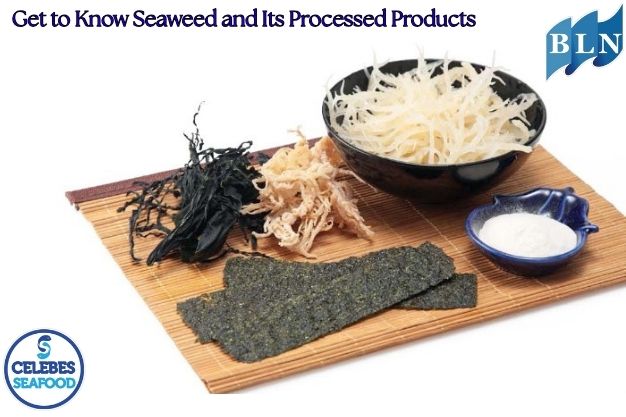
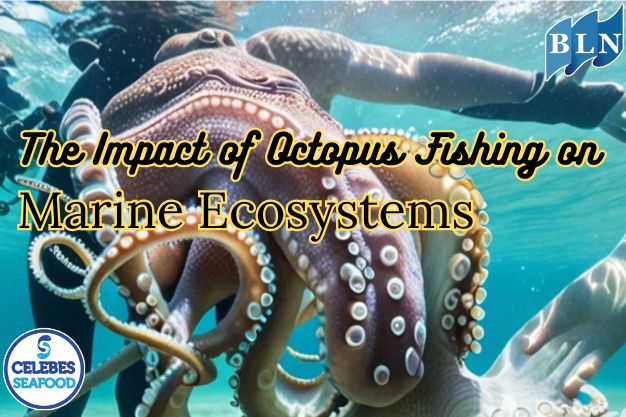
 in Ball Shape (Balltype) for Export.jpg)
.jpg)
